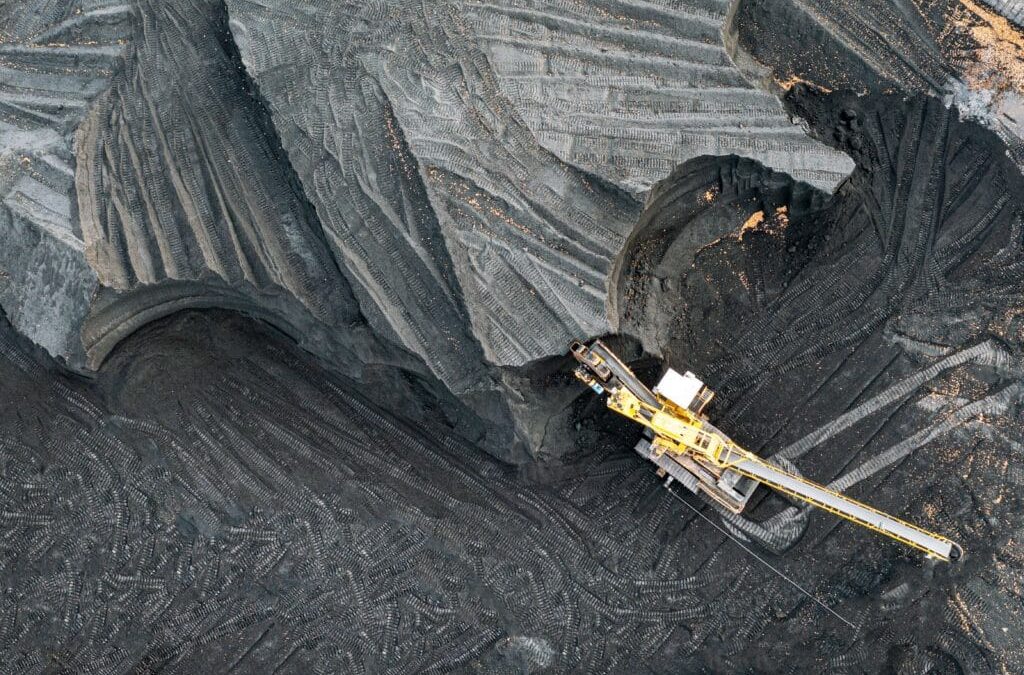The global appetite for coal grew eight per cent in 2023, but global conditions and volatile weather patterns are setting an uncertain stage for the commodity. Australian Mining investigates.
The Federal Government’s ‘Resources and Energy Quarterly’ (REQ) for March 2024 revealed coal to be Australia’s largest exporter in 2023 at around 170 million tonnes.
It’s a huge boon for the country, as overall global metallurgical coal demand is projected to rise from 317 million tonnes in 2023 to 331 million tonnes by 2029.
World steel output is expected to grow at 1.5 per cent every year over to 2029, providing a strong baseline for metallurgical coal use in the medium term.
The REQ found numerous Asian countries continue to progress ambitious steel plans and are likely to drive an increased pace of steel production over time.
Notably, the Chinese Government has imposed three per cent import tariffs on metallurgical coal in order to protect its domestic industry.
Though Australia is exempt from these tariffs under Free Trade Agreements, the REQ forecasts the global boom China has been drumming up may be reaching its peak as a result.
While China’s coal demand may slow, India’s imports grew by 25 per cent to 73 million tonnes in 2023, with growth expected to continue through to the end of the decade.
On the price side, Australian prime hard coking coal averaged $US294 a tonne (/t) in 2023, significantly lower than the 2022 average of $US360/t.
The REQ forecast prices will continue to experience volatility as a result of supply side issues like logistical pressures and weather events like Cyclone Jasper.
Prices are expected to broadly trend downwards in 2024, averaging $US277 a tonne for the year.
The volatility comes from the likelihood of a new La Niña cycle and associated disruptions. In real terms, prices are expected to fall to $US185 a tonne by 2029.
But the REQ held an overall positive outlook as Australian export volumes are expected to increase from 161 million tonnes (Mt) in 2023–24 to 175 Mt by 2028–29, as mines in NSW and Queensland ramp up.
These prospects include Bowen’s Bluff mine, Burton and Broadmeadow East projects, Pembroke’s Olive Downs complex, and Anglo American’s German Creek among others.
Overall, the fundamentals remain favourable, with Australia primed to continue dominating the global market in 2024 and beyond.



